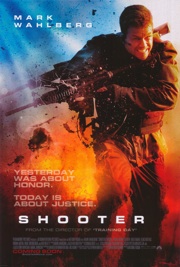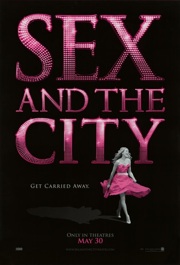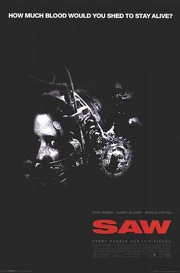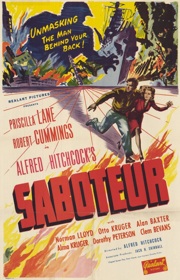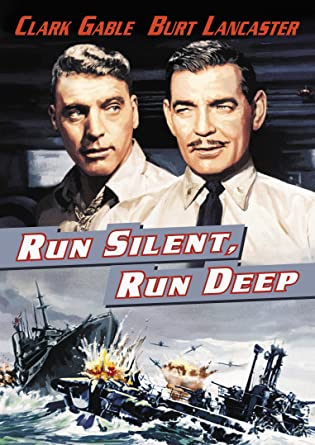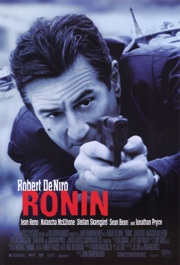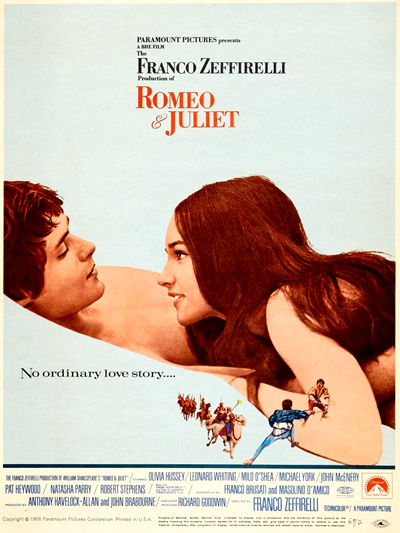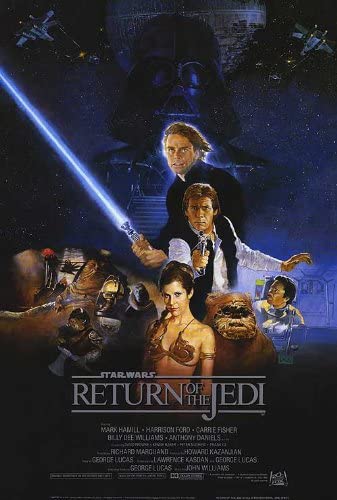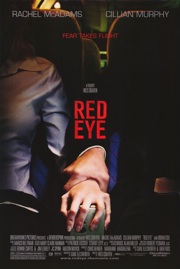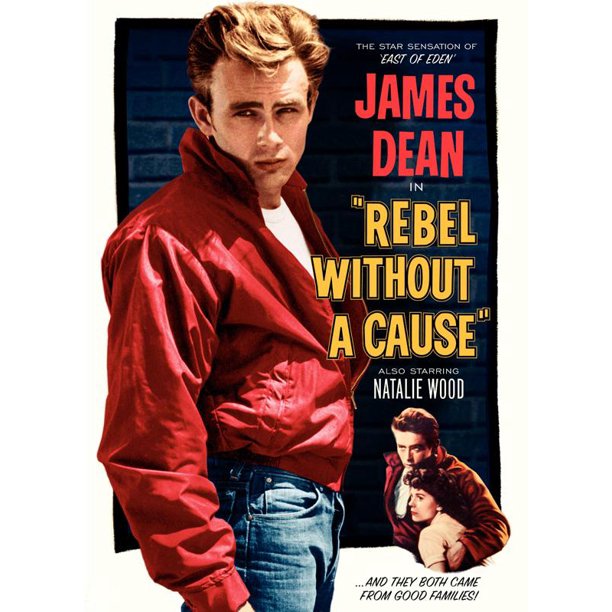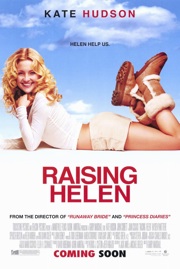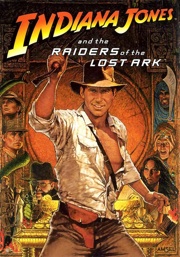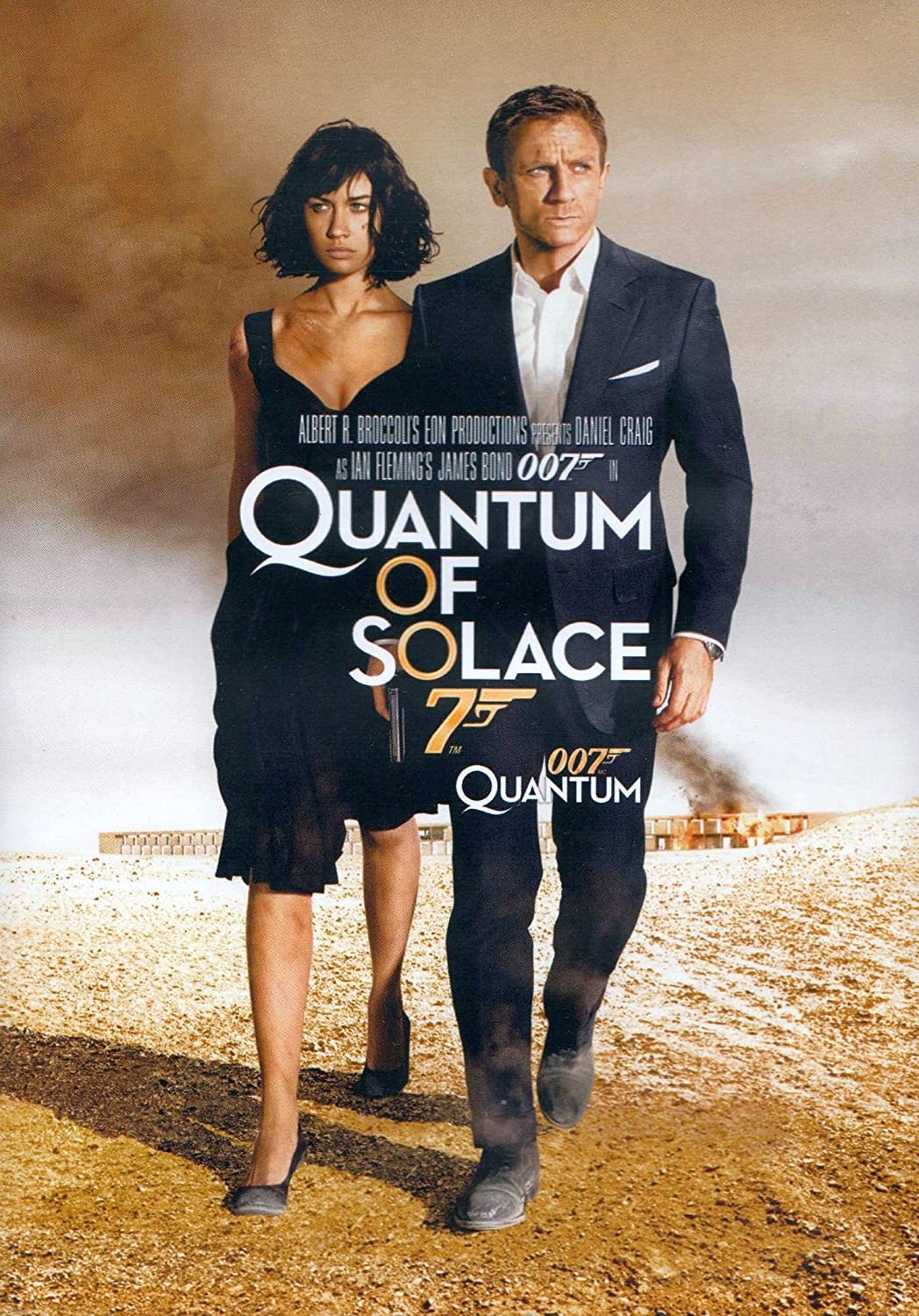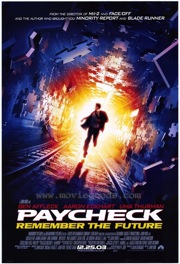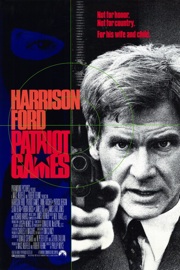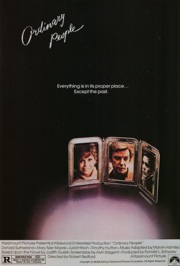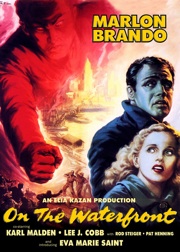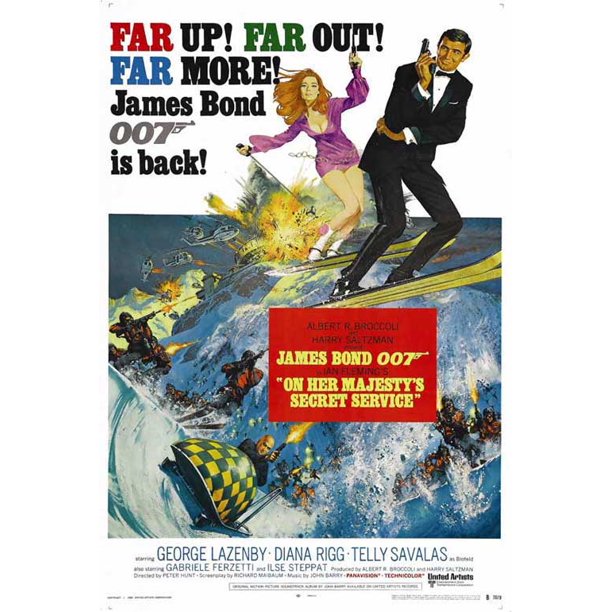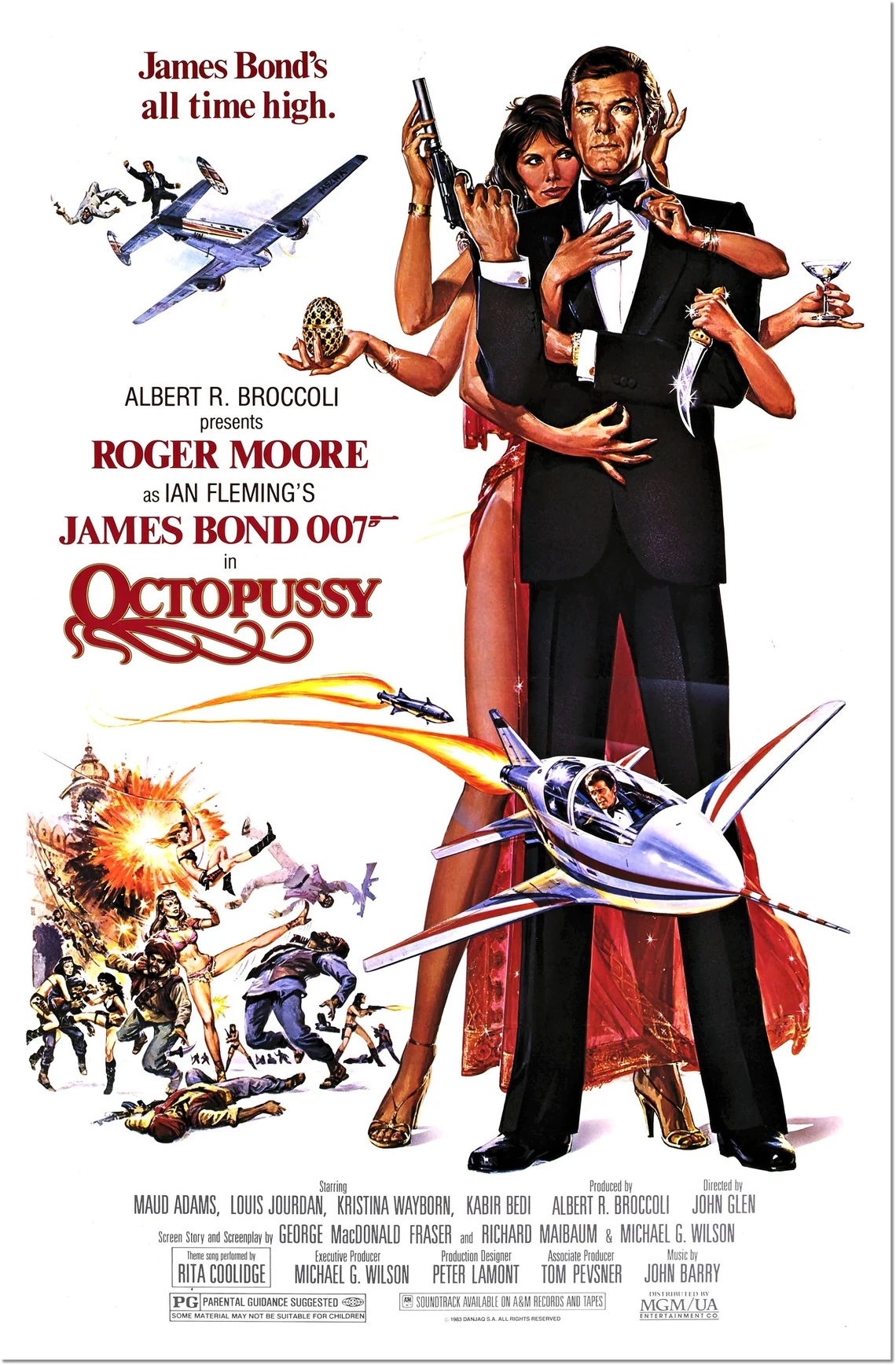- Home
- Screenplay Structure Summaries
Screenplay Structure Summaries
Products
Excellent structure for an innocent man being framed and then pursued whilst having to reveal the real perpetrators.
A good example of how to integrate independent story-lines of several characters.
A prototype for a multiple Flashback format screenplay where all is not what it seems and characters are not who they say they are.
This story is the prototype of many 'Wrongfully Accused' story lines where the protagonist must elude capture, find out the truth and save the day.
(hide)Masterful example of a heist with thieves stealing the loot from each other. How do you find it and steal it back?
See how close the 19-Sequence Model correlates with Shakespear's Act - Scene structure. Maybe the model was first developed by Shakespeare...?
(hide)Excellent conflict structure with three separate storylines that merge in the final climax of villains and heroes.
'Red Eye' is an excellent to model how to create tension and action in a confined space (Act II).
A, 'What if' scenario around a single girl in the fashion industry in Manhattan suddenly becoming responsible for her deceased sister's three young children - and finding selflessness and love as a result.
(hide)A systematic progression through formulaic Sequences that follow clues to the villain, motive and means to execute the plan Bond will thwart.
(hide)A well constructed plot based on a coincidence of being in the wrong place at the wrong time.
Ordinary People is about healing and hope, so the screenplay begins after the primary trauma - Buck's death and Conrad's attempted suicide.
(hide)Screenwriter Schulberg's flawless master piece is a wonderful way to understand screenplay structure. Read and emulate.
A systematic progression through formulaic Sequences that follow clues to the villain, motive and means to execute the plan Bond will thwart.
(hide)
Store

Bestsellers

Your cart

ScreenWriting...

Blogs

Authentication


